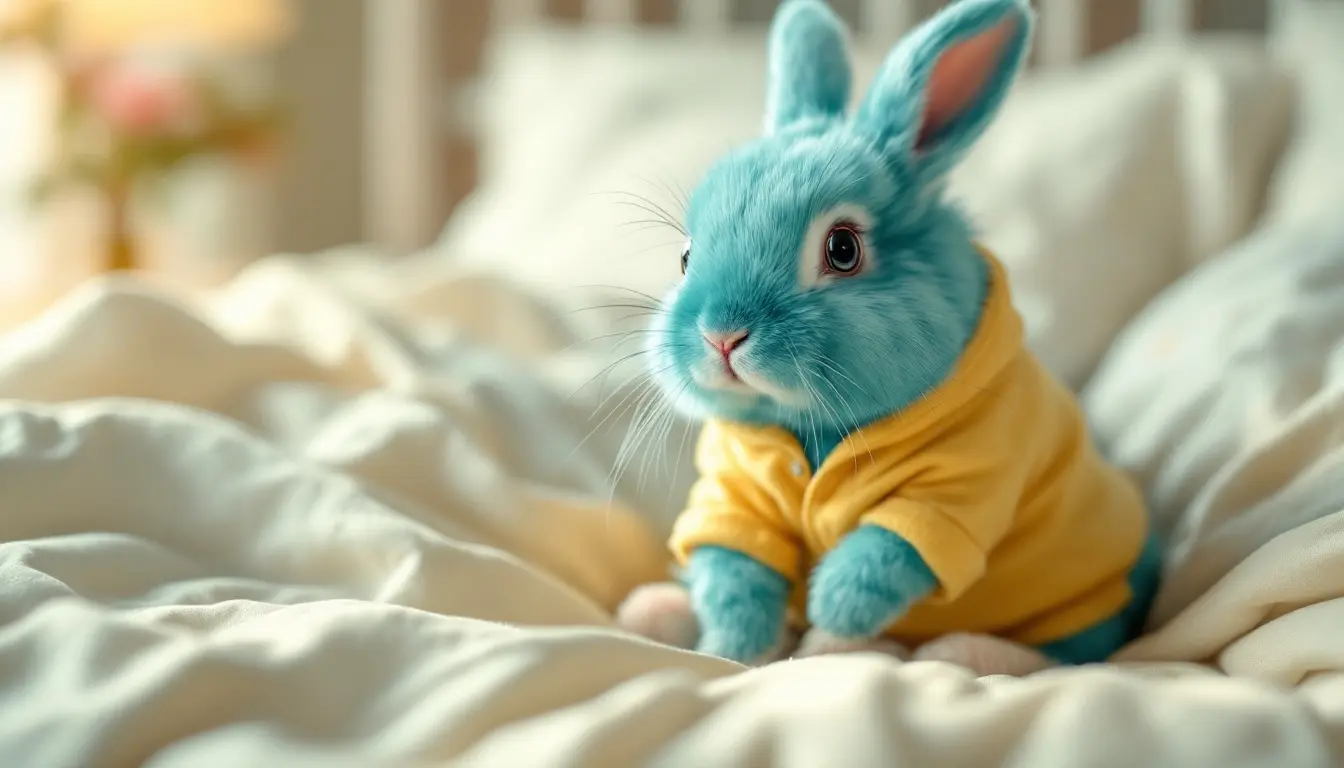
Can Artificial Intelligence Dream Like Humans?
Have you ever wondered if Artificial Intelligence could dream like us?
It might sound like something out of a science fiction movie, but it could actually be possible! Humans dream during sleep to process memories, emotions, and experiences. But since AI is designed in some ways similar to the human brain, could it also experience something like dreaming? Let’s explore how close this idea is to reality!
Abstract
Dreams have always been one of the most mysterious aspects of the human mind. But could Artificial Intelligence (AI) also dream? In this article, we examine the concept of sleep and dreams in humans, how AI systems process information, and whether it is possible to simulate sleep and dreams in AI. We also explore whether AI can be given the ability to imagine and process creatively.
How Do Humans Dream?
To understand whether AI can dream, we first need to know why and how humans dream.
- Stages of Sleep: The brain cycles through different stages, including deep sleep and REM (Rapid Eye Movement). Vivid dreams mostly occur during REM sleep.
- Information Processing: Dreams play an essential role in organizing memories and creating new connections between data in the brain — a phenomenon sometimes called “sleep creativity.”
So the question is: Can these processes be simulated in AI?
How Does AI Process Data?
AI uses methods like Artificial Neural Networks (ANNs) and Deep Learning to analyze and process information.
- Data-Driven Learning: AI learns from massive datasets, identifying patterns and making predictions.
- No Need for Sleep: Unlike humans, AI doesn’t require rest but some researchers are experimenting with “artificial sleep” to improve performance.
Can AI Experience “Artificial Sleep”?
Researchers have discovered that deep learning systems sometimes perform better if they undergo rest-like phases. This is where the concept of artificial sleep comes in:
- Filtering Out Noise: Just as the human brain filters unnecessary memories, AI models could clean out irrelevant data.
- Boosting Creativity in Language Models: Some researchers are testing methods that allow AI to generate “artificial dreams” from past data, potentially producing new ideas.
How Could AI “Dream”?
- Generative Adversarial Networks (GANs) and Dream Simulation
GANs, which generate images and creative content, function in ways similar to how the brain creates dream imagery. Adjusting these models could allow AI to produce new, dream-like content it has never “seen” before. - Reinforcement Learning Models and Sleep Simulation
Some studies show that AI trained in simulated environments learns more effectively after being placed in conditions similar to sleep — allowing it to reorganize and process prior knowledge like the human brain. - Artificial Dream Experiments
Experiments where AI fills in missing parts of incomplete images suggest that models can “imagine” new content, resembling human-like dreaming.
Can AI Truly Imagine?
While AI can combine data and create new outputs, it lacks emotional depth and personal experience. Human dreams are shaped by feelings, memories, and lived moments, while AI only manipulates raw data.
Still, future AI might develop something closer to digital imagination.
Challenges in Simulating Sleep and Dreams in AI
- Lack of Human Emotions: AI processes data but does not feel.
- Different Memory Structure: AI does not store long-term memories like the human brain.
- Ethics and Security: Giving AI imagination-like abilities could lead to unpredictable risks.
Conclusion
At present, AI cannot dream like humans, but researchers are exploring artificial sleep to enhance machine learning performance. Future AI models might reconstruct data in ways similar to human dreaming, but they will still lack “emotion” and “memory.”
So the big question remains: Will there ever come a day when AI dreams and shares its own stories with us?

